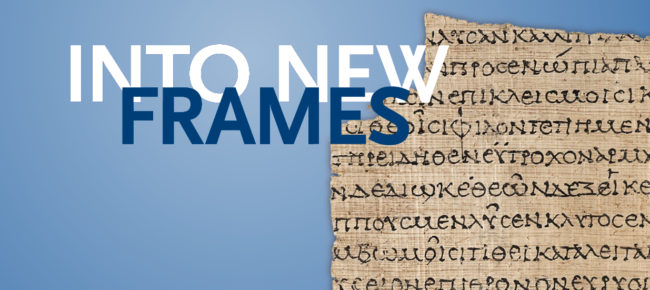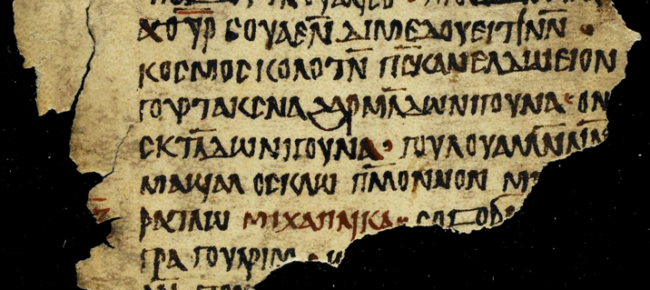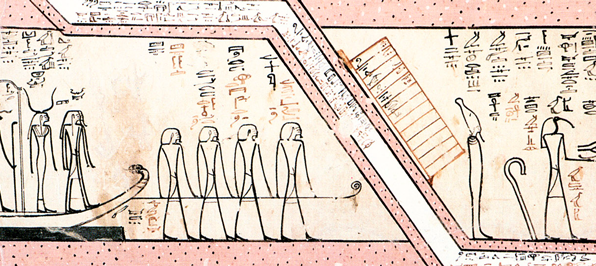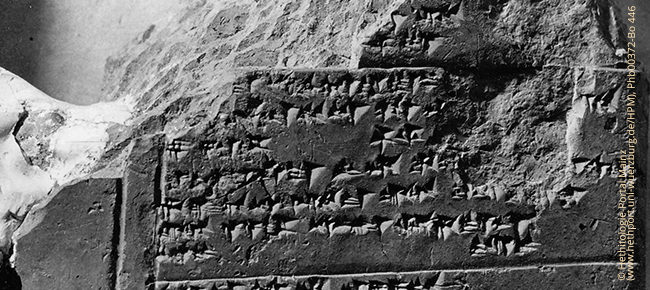Research group C-1 focused on the phenomenon of perspectivation in language, text and graphical communication systems (e.g. pictorial narratives, text-image complexes). The concept of perspective in linguistics refers to abstract cognitive processes involving, among other things, the knowledge base shared with the addressee, and the way in which the speaker directs the listener’s attention.
| 22 | Researchers |
| 0 | Research Projects |
| 10 | Dissertation Projects |
| 33 | Publications |
| 24+ | Events |
| 13 | Cooperating partners |
Starting from a theoretical approach underpinned by knowledge of linguistic typology and cognitive linguistics, the group investigated and compared means and methods of perspectivation used in ancient cultures. The key question to be addressed was what significant common ground and what unique, specific qualities exist with regard to perspectivation strategies – between the languages and cultures of the area on the one hand, and between the various media on the other. The group also made use of the extraordinary diachronic depth of the available sources in order to enrich theoretical discussions in linguistic typology and cognitive science, discussions which have thus far been based almost entirely on modern findings. The perspectivity of linguistic and visual media was studied not separately but jointly in analyzing forms of representation distinguished by multimediality and modality. These forms include text-image complexes such as scenes accompanied by inscriptions and dialogues found in Egyptian tombs and temples, Assyrian palace reliefs with (partially overwritten) historical inscriptions, depictions of figures with speech scrolls on Greek vases, and the most diverse manifestations of diagrammatically conveyed information storage. The primary goal was to determine the various types of interactions between visual and linguistic information and to develop a unified method for describing and analyzing them. Moreover, the phenomenon of multimodality takes on a hitherto unrecognized significance within certain information storage and conveyance systems: the complex writing systems of Northeast Africa and Southwest Asia, especially Egyptian hieroglyphics and to a lesser extent Mesopotamian cuneiform, are distinguished by their usage of both iconic and arbitrary symbols; in this regard, they resemble most modern sign languages (e.g. German sign language). Although in both cases the encoding was done exclusively in visual mode, neurolinguistic research suggests that recipients of iconic and non-iconic symbols process the former differently from the latter. Thus, it certainly looks as though many phenomena connected with perspectivation (e.g. speaker-related deictics, cultural valuations) exhibit a marked preference for iconicity (or indexicality). The research group connected the investigation of perspectivation means and methods in language, text and image with the research conducted within the first funding phase Topoi 1 by research group (C-I-1) Space in Language and (C-II) Images. The research projects focused primarily on analyzing the following languages: Egyptian, Akkadian, Old Nubian, Aramaic, Greek, Hebrew, Hittite, Coptic and Ugaritic.
Dissertations
- (C-1-X-1) Imaginary Realia of the Netherworld: Multimodal Display and Production of Knowledge in the Amduat
- (C-1-X-2) Perceptive verbs and concepts of the netherworld in Ancient Egyptian funerary texts
- (C-1-X-4) Perspektivierungen im Altnubischen - Ausdrücke des Raumes und der Zeit in übersetzungsnubischen Bibeltexten
- (C-1-X-5) Persuading the Divine: On the Composition of Hittite Prayers
- (C-1-X-6) Reception of Egyptian Hieroglyphs: The Arabic perspective between transmission of knowledge and reuse
- (C-1-X-7) Comunicative strategies in new contexts: from verse inscriptions to literary epigrams
- (C-1-X-8) Comical Space. Communication and Interaction on Vases from Southern Italy
- (C-1-X-9) Translation practices and techniques in the Hittite Empire
- (C-1-X-10) Prosopographia Memphitica. Individual Identities and Collective Biographies from a Royal Residence of the New Kingdom




